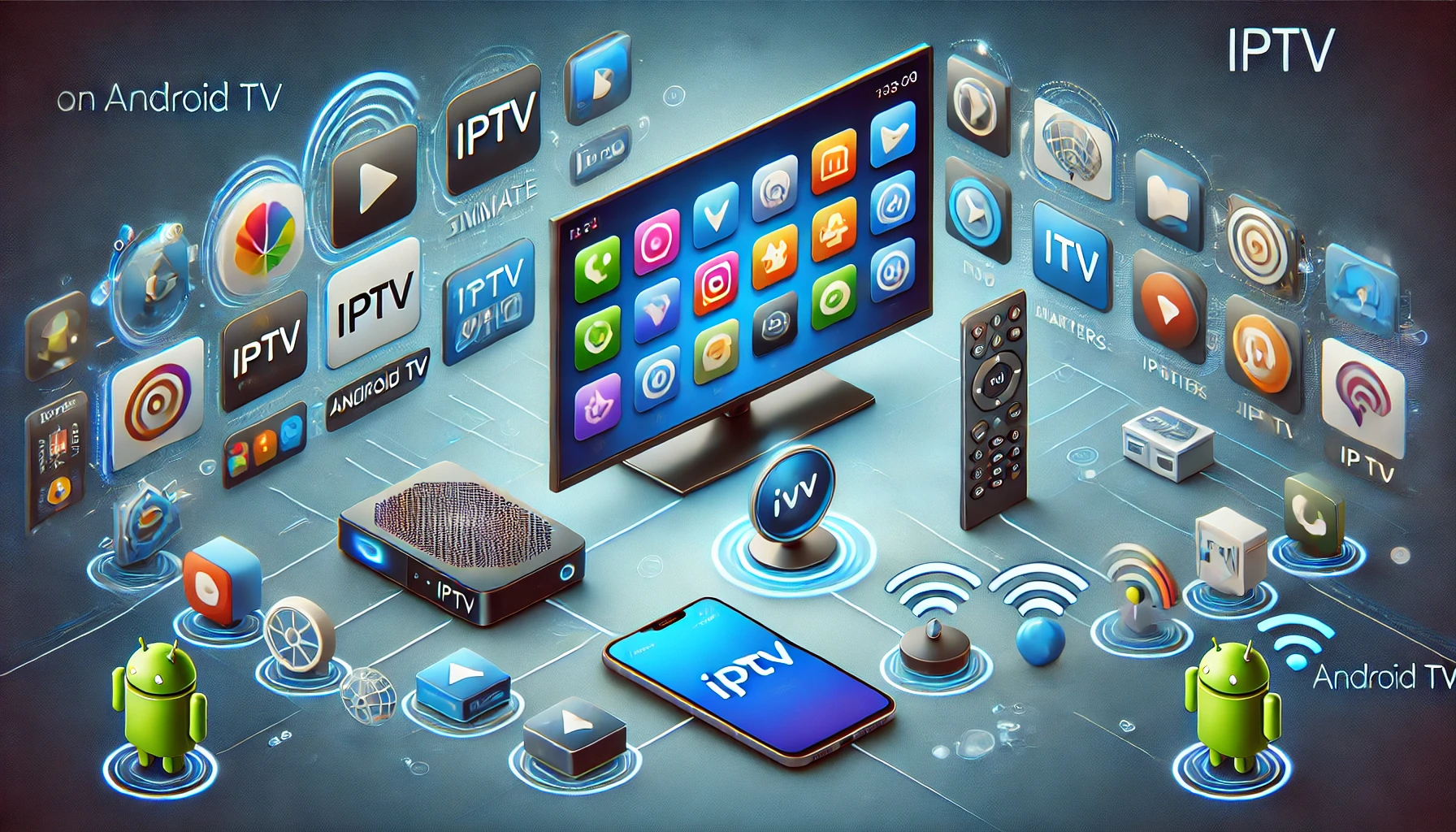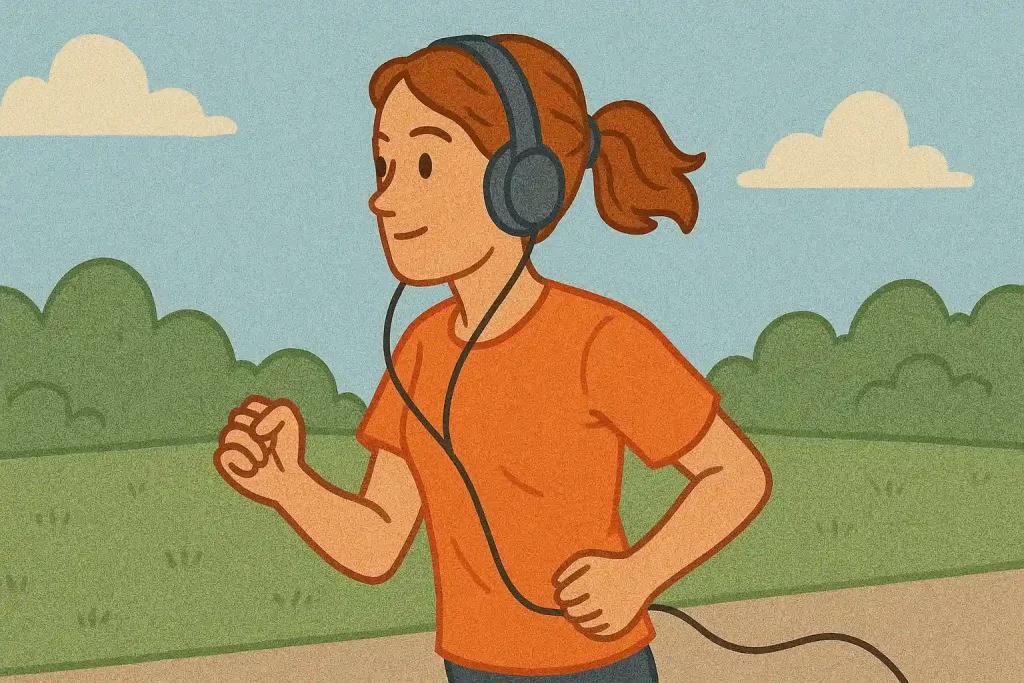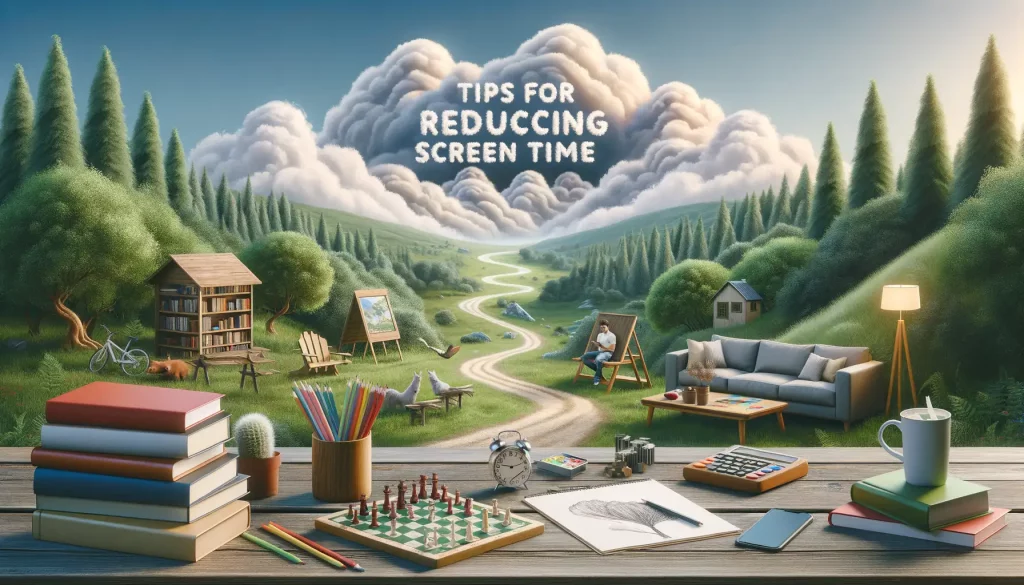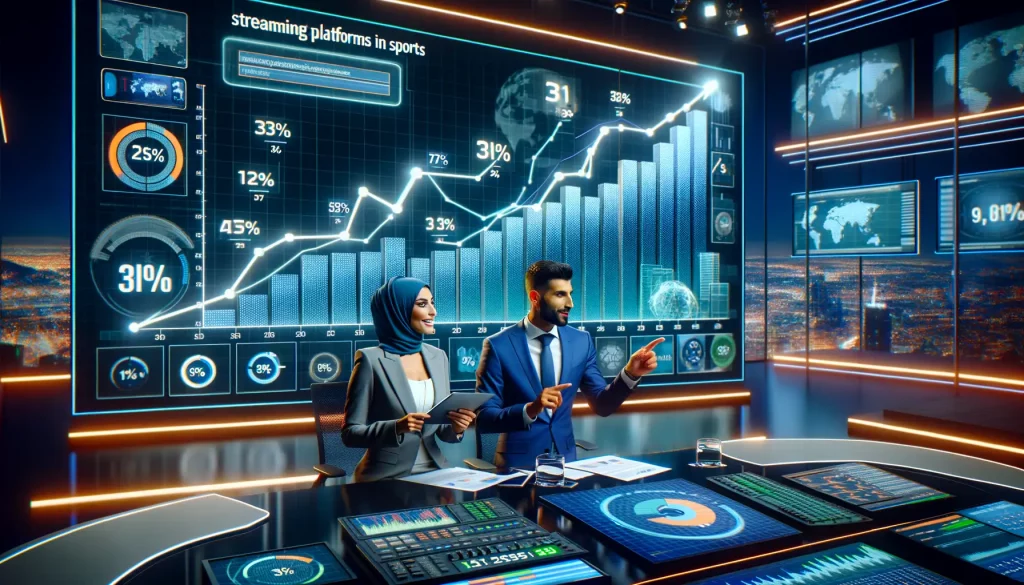Introduction to Streaming and Its Impact on Television
If you’ve ever felt like the world of television has been turned upside down in recent years, you’re not alone. Streaming has raced onto the scene like a surprise guest at a quiet dinner party, shaking up everything we thought we knew about how we watch our favorite shows. From cozy living rooms to smartphones on subway rides, the very heart of TV consumption has shifted—and it’s thrilling to witness.
The “Anytime, Anywhere” Revolution
Remember when rushing home to catch the 8 p.m. prime-time slot was a thing? Well, streaming changed all that. Services like Netflix, Hulu, and Disney+ have made convenience king. Suddenly, viewers hold all the power. Want to watch the next episode of that gripping thriller at 2 a.m. with some midnight snacks? Go for it. Prefer finishing an entire season in one sitting? Done. Streaming platforms have shattered the rigid timelines of traditional TV schedules, giving us freedom television never dared to dream of before.
What Changed Behind the Scenes?
It’s not just our viewing habits that evolved—streaming has reshaped how shows are created. With platforms competing to grab your attention, they’ve embraced creativity like never before. Think about shows like Stranger Things or The Mandalorian: they feel cinematic, don’t they? That’s no coincidence. Streaming allows storytellers to experiment with:
- Unusual plot structures
- Varying episode lengths
- International collaborations
This shift has created a playground for innovation, leaving traditional TV gasping to catch up. But let’s be honest—aren’t we all just here for the endless options and boundary-pushing stories? Streaming certainly knows how to keep our attention.
How Streaming Services Reshaped Narrative Structures
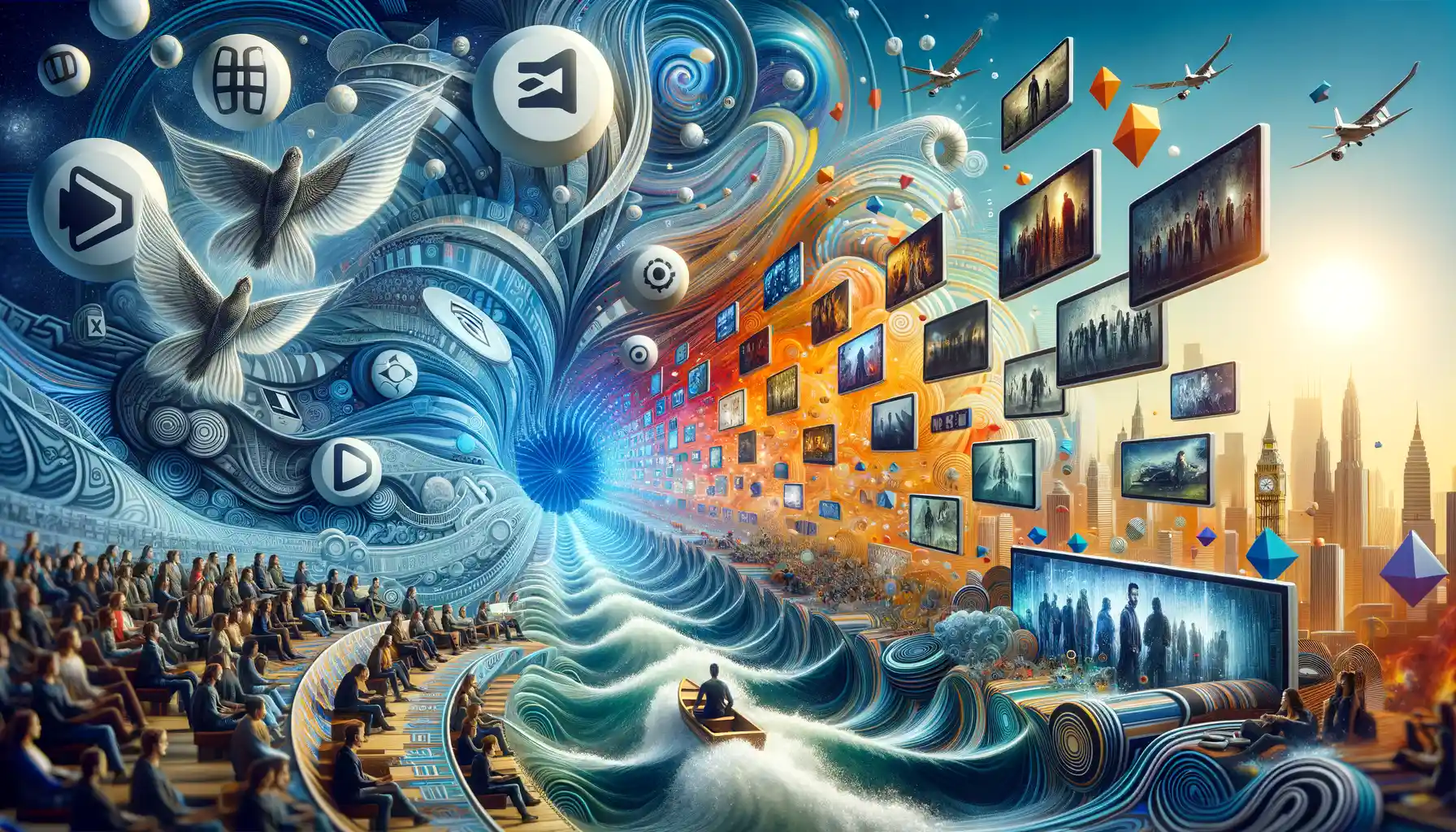
The Rise of Complex, Binge-Worthy Storytelling
Streaming services like Netflix and HBO Max completely rewrote the rulebook for storytelling. Back in the day, TV shows had to hook you fast—think cliffhangers every 22 or 44 minutes. Networks didn’t take chances on slow burns or intricate character arcs; there just wasn’t time before the next ad break. Enter streaming, where seasons drop all at once and creators suddenly have the room to breathe, experiment, and build narratives that unfold like a novel.
Take something like Stranger Things. Imagine the show’s layered relationships and small-town mysteries being squeezed into a weekly episodic format—it would lose so much of its magic. Streaming lets stories flow naturally, pulling you deeper with each consecutive episode. It’s like getting lost in a good book, except it’s your screen.
Experimentation Beyond Traditional Formulas
Here’s where things get really fun: streaming platforms thrive on breaking the mold. Writers and showrunners don’t feel shackled by traditional TV formats anymore, leading to creative ideas that wouldn’t have flown before. Think about shows like Russian Doll or The Haunting of Hill House, which play with timelines, subvert expectations, or even split seasons into distinctly different narrative styles.
For example:
- Time jumps and flashbacks that span multiple episodes instead of quick-hit segments.
- A focus on subtle storytelling—details that unfold over an entire season rather than in one bombshell finale.
The result? You’re not just watching TV; you’re immersed in worlds that feel richer and more daring. Streaming made creators bold, and audiences can’t get enough.
Binge-Watching Culture and Changes in Episode Length
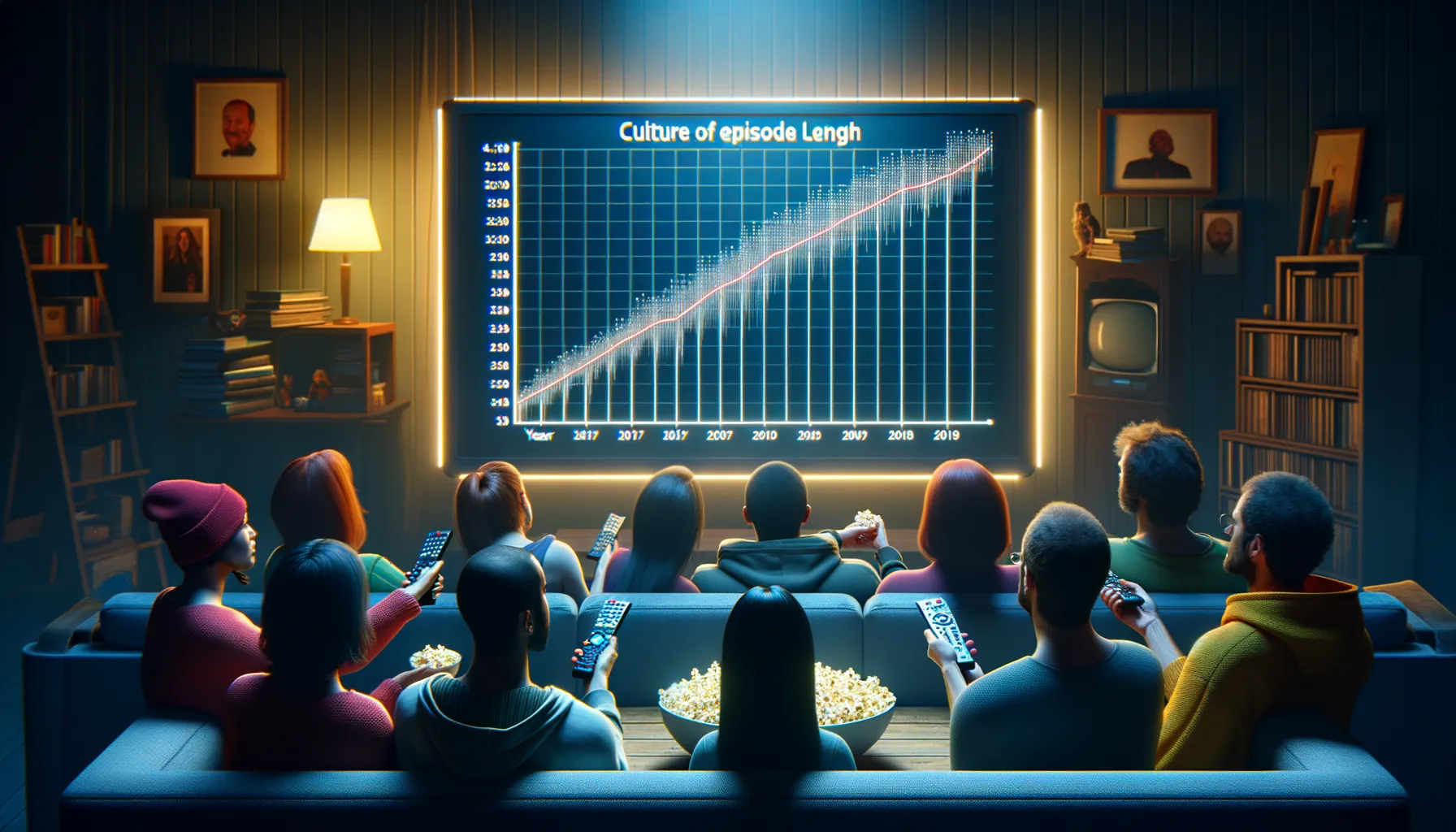
The Rise of Back-to-Back Viewing Habits
Binge-watching: the modern indulgence that’s redefined how we experience TV. Remember the days of waiting a full week to see what happened after that cliffhanger? Streaming services have obliterated that patience-testing ritual and handed us entire seasons in a single click. But here’s the twist — this all-you-can-watch culture has done more than just change *when* we watch. It’s reshaped *how* episodes are crafted and how long they hold our attention.
Gone are the rigid, predictable 22-minute sitcoms or the hour-long dramas made for TV schedules. Now, episode length bends to fit the story, not a clock. Some episodes clock in at 40 minutes; others tell their tale in a tight 15. Take Netflix’s “Love, Death & Robots”, where episodes range from bite-sized snacks to meatier, full-course experiences. Why? Because in a binge era, pacing matters more than ever.
- Will one cliffhanger keep viewers hooked for five more hours?
- Could a shorter episode prevent “streaming fatigue”?
- How much flexibility keeps you hitting “Next Episode” without guilt?
This rise of unpredictability brings freedom — and with it, an entirely new art form.
The Decline of Traditional TV Scheduling
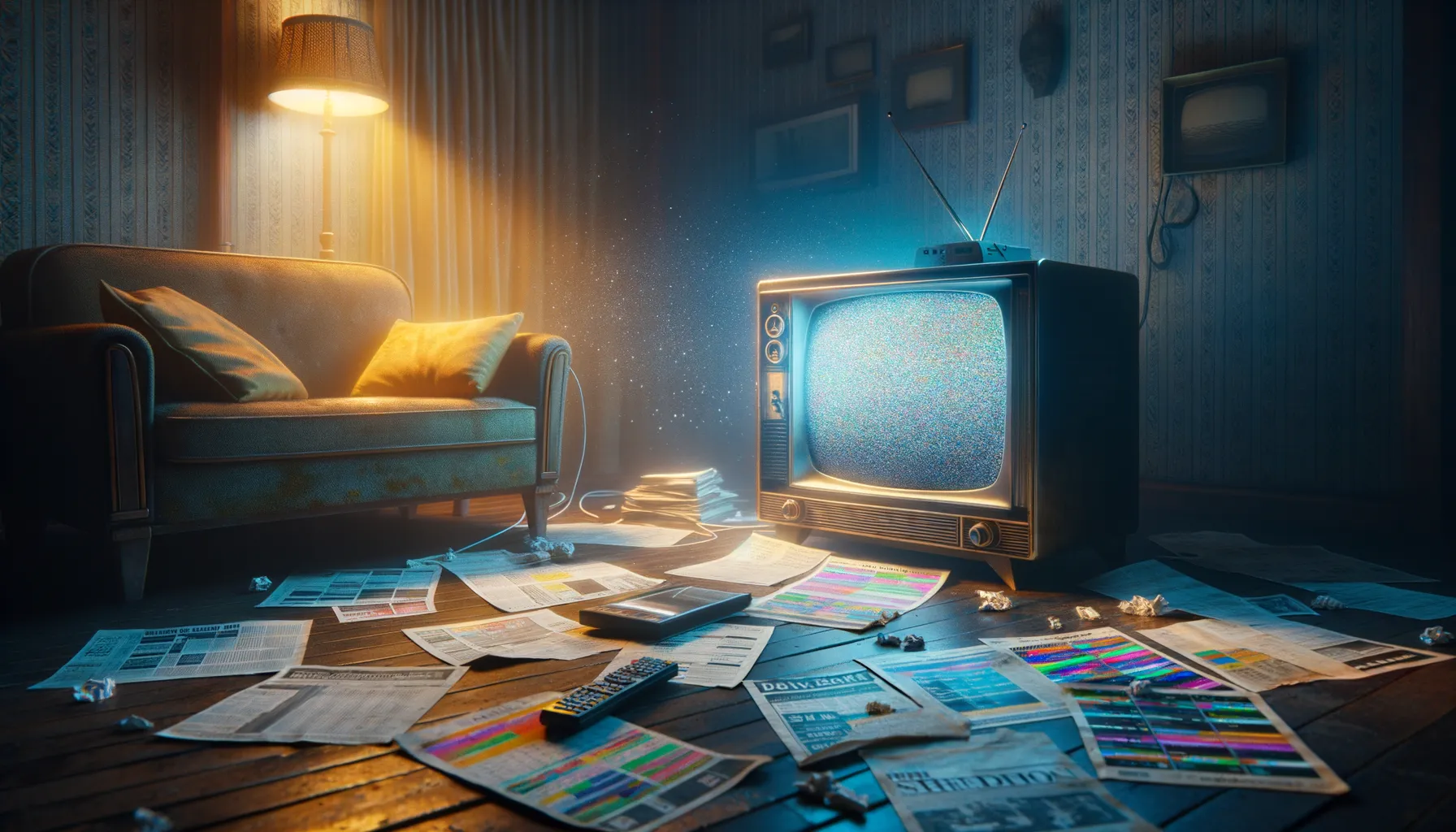
Why Fixed Time Slots Became a Thing of the Past
Remember when catching your favorite show meant rearranging your entire evening? Traditional TV scheduling demanded punctuality—miss the 8 PM slot and you were left with cliffhanger-induced regrets until reruns came to your rescue. But now, that rigid structure feels positively prehistoric.
Streaming services like Netflix, Hulu, and Disney+ have flipped the script. Forget appointment viewing; we now live in a world where content revolves around *our* schedules. Want to watch an entire season on a lazy Sunday? Go for it. Just need a single episode before bed? Done. The once-sacred primetime TV hours are gathering dust, and here’s why:
- On-Demand Freedom: Binge it, sample it, or revisit your favorite scenes endlessly—it’s all at your fingertips.
- No Commercial Interruptions: Streams flow uninterrupted, unlike traditional broadcasts that diced shows into chunks between ads.
- Tailored Algorithms: Shows you didn’t even know you needed are now served up like dessert after dinner.
The decline of traditional TV scheduling isn’t just about convenience; it’s about liberation. The old “Thursday night lineup” has lost its luster, swapped for a buffet of choice, spontaneity, and control.
Future Trends in Television Formats Due to Streaming
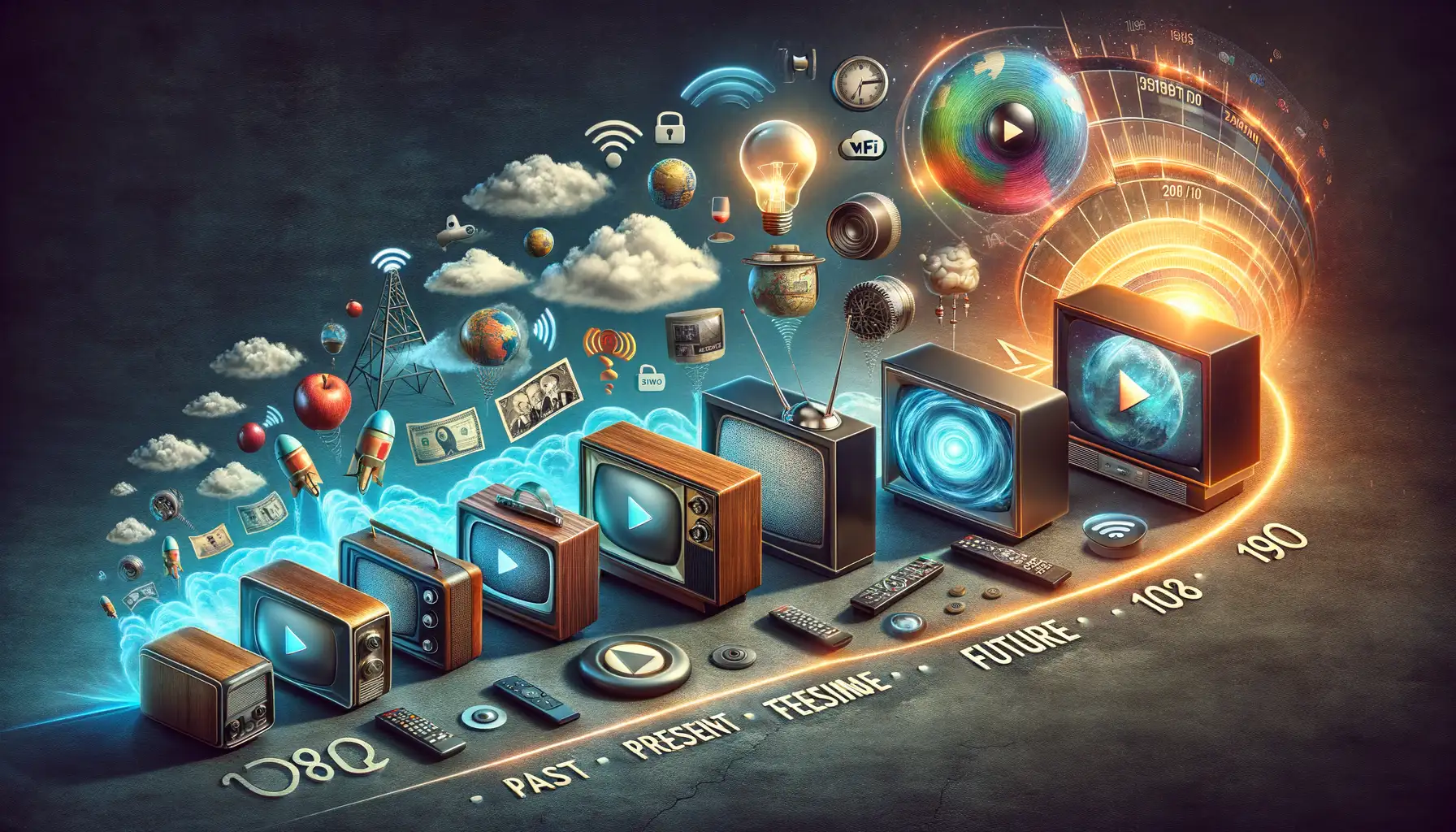
The Audience Drives the Innovation Wheel
The future of television formats is a playground of endless possibilities, shaped by fearless experimentation and, most importantly, by *you*, the viewer. Streaming platforms like Netflix, HBO Max, and Disney+ are no longer just delivering what works—they’re letting creativity run wild to see what sticks. Ever noticed how your preferences practically curate the shows you watch? That’s because these platforms thrive on data, and they’re using it to reinvent the game.
Imagine this: interactive storytelling where YOU decide the ending (remember Black Mirror: Bandersnatch?). Or think about TV series with no fixed episode lengths—one chapter might last 7 minutes, while the next unfolds in a glorious 90-minute cinematic experience. Streaming gives creators the freedom to shrug off rules, giving us formats as fluid as our mood on any given day.
- Live audience participation: Spontaneous polls or real-time outcomes could bring reality TV closer to your fingertips.
- Hybrid genres: Dramedy meets true crime or sci-fi romance? Why not.
Streaming has pulled the rug out from beneath rigid traditions, and it’s the bold, quirky ideas that will rule the next chapter of TV history.

